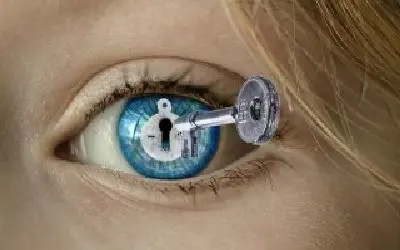We frequently receive inquiries from patients about the possibility of using our prescriptions at external optical stores. While we can accommodate basic prescriptions with straightforward adjustments, it’s crucial to understand that the majority of our prescriptions follow a visual functional treatment approach. Our founder specializes in four perspectives: vision development, addressing behavior-related visual issues, neuro vision rehabilitation for eyes and brain, and integrating photobiomodulation into the prescription process. These perspectives are meticulously developed to ensure that our lens manufacturers comprehend our treatment-focused approach, emphasizing more than just visual clarity. Our primary goal is to help you address underlying visual issues, ensuring peace of mind while upholding the quality of our treatment regimen.
If you, your family, or optical stores are interested in learning more about our visual treatment plans, we encourage you to contact us. Our founder regularly conducts training workshops to educate professionals on the four specialized perspectives: vision development, the impact of vision on behavior, neuro vision rehabilitation for conditions like brain injuries, ADHD, dyslexia, autism, and the use of photobiomodulation.
We appreciate your assistance in spreading this valuable information to optical stores, as our specialized approach can genuinely make a significant difference in patients’ lives, surpassing the benefits of simple prescription corrections for clarity.




